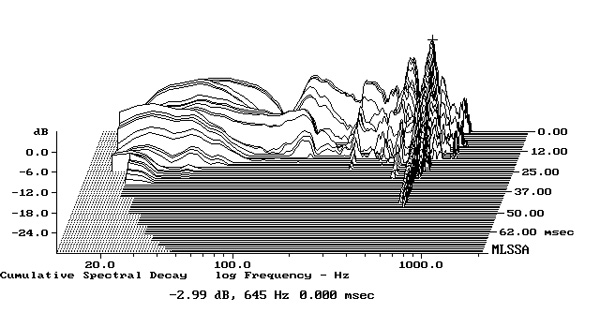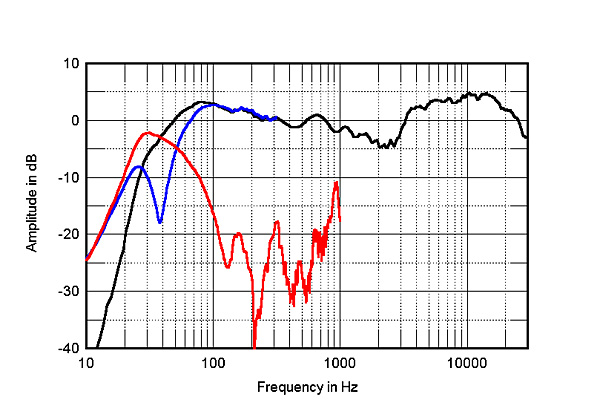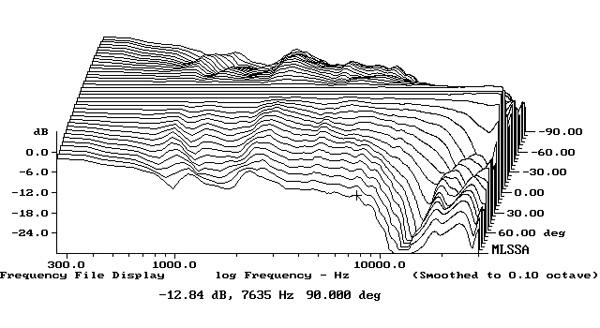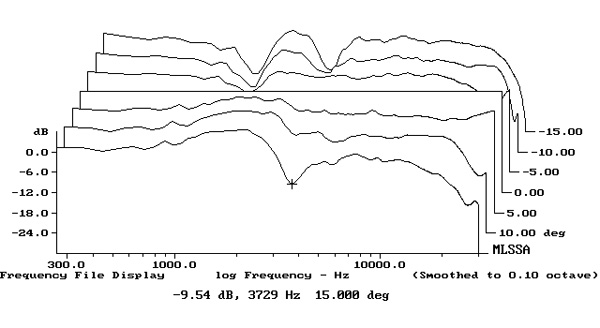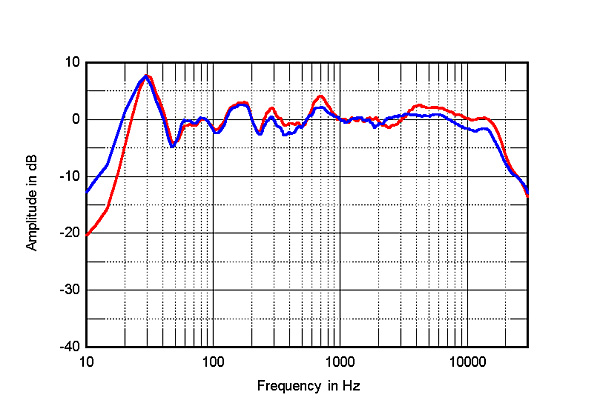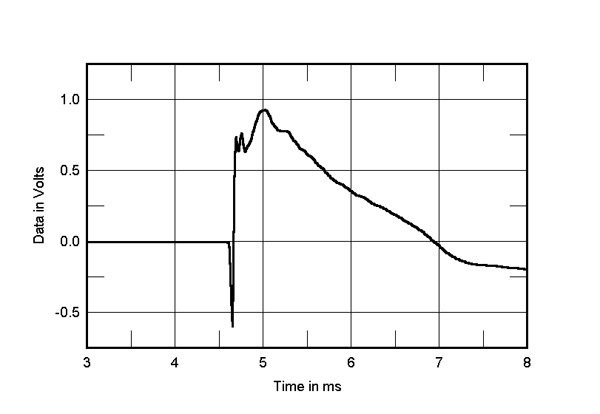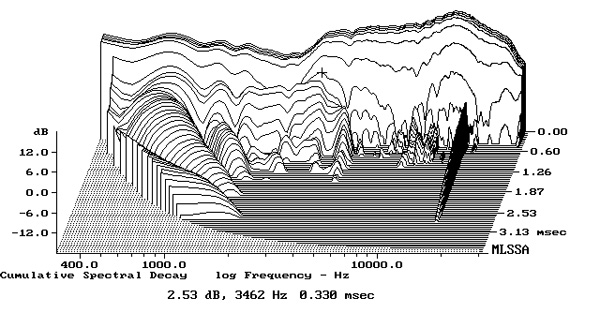| Columns Retired Columns & Blogs |
Although the midrange balance is even, there is then a lack of energy between 1kHz and 3kHz, above which the region covered by the two tweeters is 3–5dB too high in level. This behavior is not dissimilar to that of DALI's Rubicon 8; as with that speaker, it is why DALI recommends firing the Callistos straight ahead rather than toeing them in to the listening position.
Again, one has to wonder why they do this. What is the upside?
